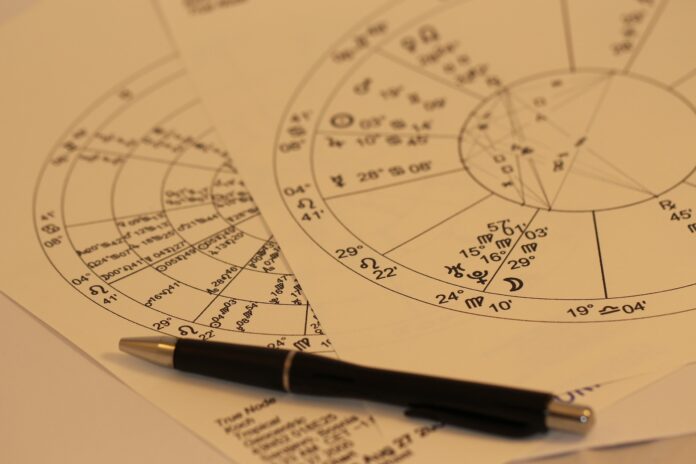Our planet is swiftly carrying us along in orbit towards our summer position. Have you noticed a difference in the length of the hours of daylight?
Full darkness doesn’t occur until past our elementary students’ bedtime which limits organized star-gazing. As more opportunities to mingle mask less are available, perhaps the Christina Torres Memorial Observatory at the Resaca de la Palma state park will once again be offering night hikes and star parties. One can dream.
Last week we mentioned the constellation Virgo and its brilliant star Spica. This constellation is located directly along the ecliptic, the imaginary line that coincides with earth’s equator but in the sky dome. The planets of our solar system all fall along this location as do the Sun and the Moon.
Virgo is home to two close star systems, Ross 128 and Wolf 424. Both of these stars are red dwarf and not visible except with good telescopes. They are about ten light years’ distant from earth. The significance of light years is the distance light travels in a year at 186,000 miles per second. No speed limits with light.
With that good telescope you will be able to locate a lovely pair of white stars called Porrima, almost the same color and magnitude. The pair of stars have been moving closer together and may be difficult to separate in your field of view.
If we were able to continue exploring in the same direction of the sky, we would come to Spica. If we continue in the same path, we will come to the edge of the Milky Way Galaxy. This area between Virgo and Coma Berenices is called the “field of the nebulae”. Astronomers estimate there are more than 3000 galaxies in this group about 40 to 50 million light years distant.
More than a dozen of them were actually catalogued by our often-mentioned 18th century astronomer Charles Messier. The Virgo Cluster (https://apod.nasa.gov/apod/ap150804.html) is guarded by the Sombrero Galaxy-perfect for us along the border, by the sea, on our way into space.
This galaxy is 25 million light years from earth and a marvelous example of a galaxy. There are many incredibly lovely images of this galaxy to be found on the internet. (https://www.nasa.gov/feature/goddard/2017/messier-104-the-sombrero-galaxy)
If the Milky Way were the size of a typical sheet of copy paper, the Virgo cluster would lie 400 feet away. Now that does give food for thought. If we shrank the Sun to a 6-foot diameter sphere, Earth would be the size of a five-cent piece, the Moon the size of one of those infamous chads from a hole punch. If you measure this off on a playground it would be quite striking to see the differences.
Our Milky Way Galaxy is 100,000 light years from side-to-side as the Monty Python song tells us and what better way to learn that significant bit of trivia? Space is so huge it has to have its own unit of measure.
In 1990, NASA used its unique Hubble telescope to focus on distant space and the images collected over a long period of time revealed millions of galaxies. https://www.nasa.gov/pdf/283957main_Hubble_Deep_Field_Lithograph.pdf
I think these links should intrigue you and this is a good way to end the column today.
Until next week, Do let some stars get in your eyes-if it is ever clear again.




